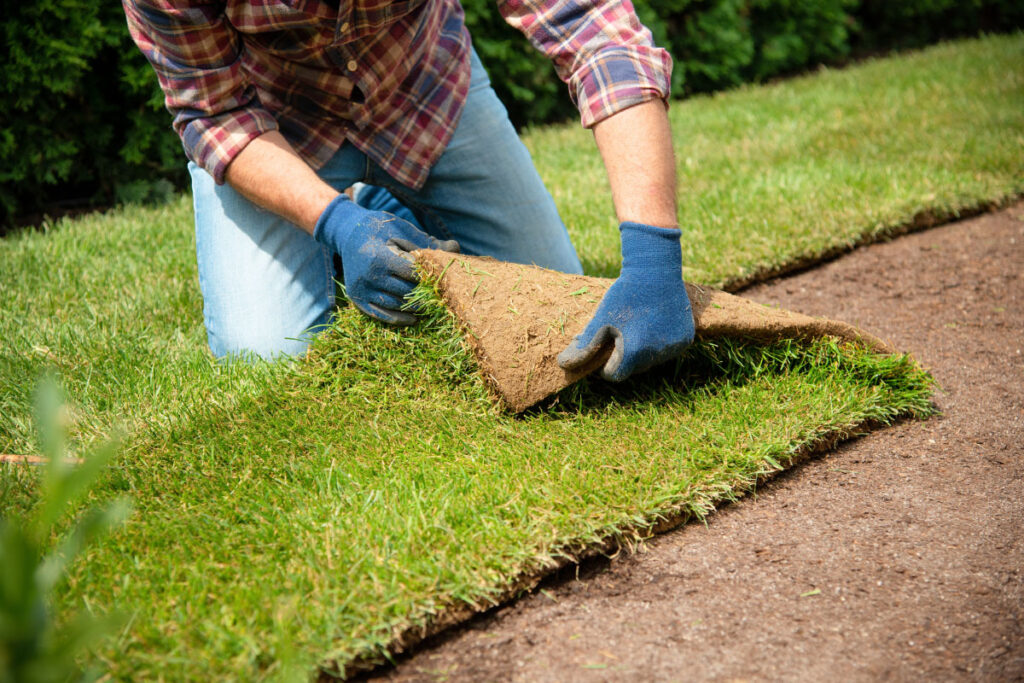
Sustainable building practices have become a cornerstone of modern construction as the world continues to seek solutions for environmental challenges. At the heart of these practices lies a surprising but essential element—brickwork services. Brickwork, often regarded as a traditional construction technique, is now experiencing a renaissance due to its versatility, durability, and sustainability. Integrating brickwork services into eco-conscious building methods not only supports structural integrity but also complements other sustainable initiatives such as Lawn Installation Essex. This article explores how brickwork contributes to sustainable building and why it is an integral part of environmentally responsible construction.
Understanding Sustainable Building Practices
Sustainable building practices refer to the design, construction, and operation of buildings in ways that reduce environmental impact. These practices focus on energy efficiency, resource conservation, and minimizing waste throughout a building’s lifecycle. Materials used in sustainable construction are chosen not only for performance and durability but also for their environmental impact. This is where brickwork, with its long history and proven resilience, fits in seamlessly.
Brickwork as an Eco-Friendly Construction Choice
Brick is a natural material made primarily from clay and shale—substances abundantly available in nature. One of the key advantages of using bricks is their long lifespan. Structures built with brick can last for centuries, reducing the need for frequent repairs and replacements. This longevity contributes significantly to sustainability by minimizing resource consumption over time.
Additionally, bricks are recyclable. When a brick building is demolished, the bricks can be reclaimed and reused in other projects, further reducing construction waste. This aspect aligns perfectly with the circular economy model, which emphasizes reusing materials to lower overall environmental impact.
Energy Efficiency and Thermal Regulation
One of the critical challenges in modern architecture is maintaining energy efficiency within buildings. Brickwork offers excellent thermal mass, meaning it can absorb and store heat during the day and release it slowly at night. This natural thermal regulation reduces the need for artificial heating and cooling systems, thereby lowering energy consumption.
In climates with extreme temperatures, buildings constructed with brickwork require less energy to maintain comfortable indoor conditions. This efficiency directly translates to lower greenhouse gas emissions, making brickwork a powerful ally in green construction.
Water Conservation through Landscaping Integration
Incorporating green spaces into urban environments is a major component of sustainable development. Brickwork services complement these green initiatives, particularly when paired with turf and lawn installation. The combination of hard surfaces like brick with soft landscaping elements such as lawns creates a balanced ecosystem around a building.
For example, brick pathways, patios, and retaining walls can be strategically designed to direct water flow, preventing erosion and promoting groundwater recharge. When used alongside turf and lawn installation, brickwork helps manage stormwater more efficiently. Turf areas absorb rainwater, while brick structures control its movement, reducing the risk of flooding and soil degradation.
Reducing Urban Heat Island Effect
Urban areas are often significantly warmer than their rural counterparts due to the concentration of buildings and paved surfaces—a phenomenon known as the urban heat island effect. This excess heat contributes to higher energy usage and discomfort during warmer months.
Brickwork services play a role in combating this issue by creating breathable, reflective surfaces that do not retain as much heat as concrete or asphalt. When brick structures are integrated with green spaces like lawns, the cooling effect is amplified. Turf and lawn installation around brick patios or garden walls creates microclimates that naturally lower surrounding temperatures, improving comfort and reducing reliance on air conditioning.
Low Maintenance and Durability
From a sustainability perspective, materials that require minimal upkeep and have a long lifespan are preferable. Bricks are incredibly durable and resistant to fire, pests, and weather damage. This resilience means fewer resources are spent on repairs, replacements, and maintenance over time.
In contrast to synthetic materials that may degrade quickly and release harmful chemicals, bricks offer a safe, non-toxic alternative that stands the test of time. This low-maintenance aspect not only benefits the environment but also reduces long-term costs for property owners.
Enhancing Outdoor Spaces for Eco-Friendly Living
Sustainable building extends beyond the structure itself—it includes the outdoor spaces surrounding a property. Brickwork services are frequently employed to enhance these areas, providing beautiful and functional features like patios, garden paths, retaining walls, and driveways.
When combined with turf and lawn installation, these brick structures help create inviting outdoor spaces that encourage residents to spend more time outside. This shift to outdoor living reduces the use of indoor energy systems, such as lighting and HVAC, and promotes a healthier lifestyle.
Furthermore, well-designed outdoor areas improve biodiversity by providing habitats for birds, insects, and other wildlife. Lawns and turf, especially when designed using native grass species, support pollinators and contribute to a thriving local ecosystem.
Sustainable Construction and Aesthetic Harmony
A common misconception is that sustainability comes at the expense of aesthetics. Brickwork disproves this notion by offering both visual appeal and eco-friendliness. Bricks are available in a wide range of colors, textures, and patterns, making them suitable for various architectural styles.
This versatility allows architects and builders to create visually pleasing structures without compromising on sustainability. Brick structures blend effortlessly with green elements like turf and lawn areas, resulting in harmonious and natural-looking environments.
Supporting Local Economies and Reducing Carbon Footprint
Brick production and brickwork services are often locally sourced, which reduces the carbon emissions associated with transportation. Choosing local materials and labor not only supports the regional economy but also minimizes the environmental footprint of a construction project.
Moreover, employing local bricklayers and craftsmen ensures a higher level of quality and accountability in building practices. This local engagement contributes to the overall sustainability of a project by fostering community development and reducing reliance on distant supply chains.
Conclusion
Brickwork services play a crucial role in sustainable building practices by offering durable, energy-efficient, and environmentally friendly construction solutions. Their integration with turf and lawn installation creates balanced outdoor environments that enhance water management, reduce heat accumulation, and promote biodiversity.